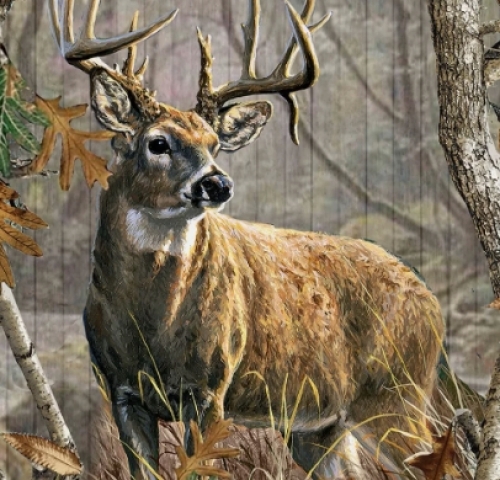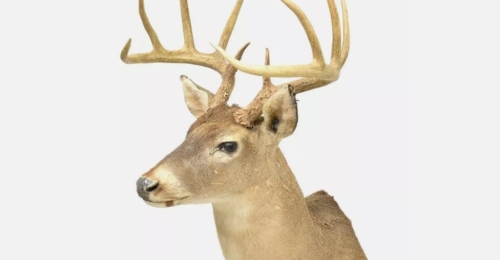White-tailed deer specimens are an important tool for detailing the external characteristics and anatomy of white-tailed deer and are widely used in scientific research, educational displays, and natural history collections. With precise workmanship, these specimens are able to provide us with an insight into this beautiful creature.
The first step in preparing a white-tailed deer specimen is to obtain detailed anatomical data. This usually involves dissecting and measuring the carcass of a white-tailed deer to ensure that the specimen accurately reflects its true size and structure. Scientists keep detailed records of the deer's bones, muscles and skin.
Next, the process involves cleaning and rebuilding the bones. The bones are thoroughly cleaned and any residual material removed before being spliced and fixed. In order to maintain the authenticity of the specimens, special fixation materials and techniques are used to ensure the structural integrity of the bones.
White-tailed deer specimens help scientists study deer anatomy, behavioral patterns, and ecological adaptations. Using specimens, researchers can better understand how white-tailed deer live in their natural habitat.
In museums and educational institutions, specimens of white-tailed deer are used to display the biological characteristics of this species. They help students and the public understand the anatomical features of white-tailed deer and their ecological importance.
For natural history buffs and collectors, white-tailed deer specimens are prized collectibles. They demonstrate the diversity and beauty of the natural world and are a memorial to the white-tailed deer's way of life.
White-tailed deer specimens not only provide a detailed understanding of this species, but also promote scientific research and public education, demonstrating the wonder and complexity of the natural world.














